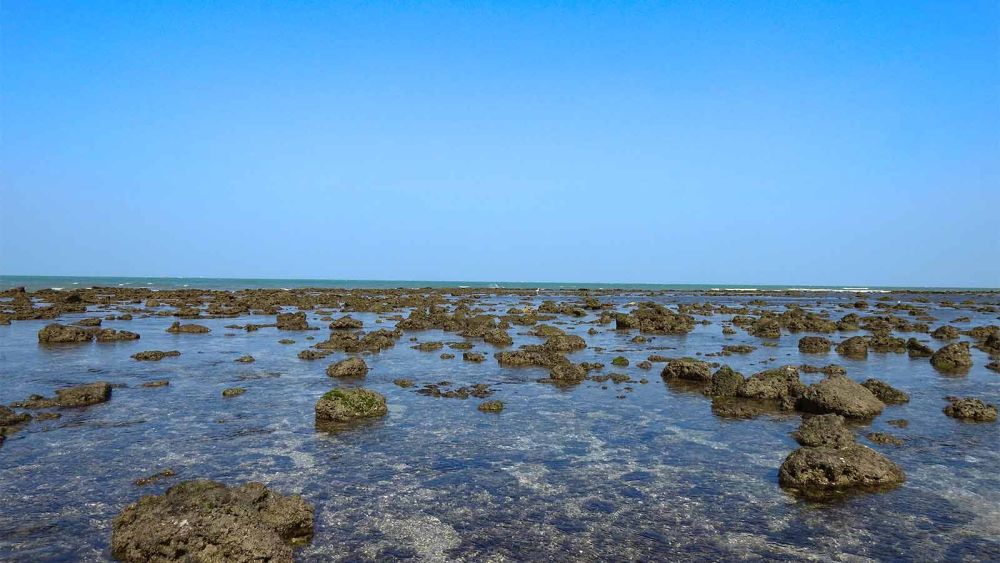

The Marine National Park and Sanctuary in Jamnagar, Gujarat, represents a significant milestone in India's environmental and tourism history. Established in 1980, it became the country's first marine park, spanning an area of nearly 458 square kilometers across the Gulf of Kutch. The sanctuary area was expanded later, and it now offers a unique landscape of sandy beaches, mangrove swamps, and an array of biodiversity. The region is a refuge for various species, including corals, mollusks, birds, and marine mammals.
The genesis of tourism at the Marine National Park and Sanctuary can be traced to the heightened interest in marine conservation in the 1970s. With an increasing number of tourists expressing curiosity about the underwater world, the government recognized the potential for eco-tourism and worked towards creating facilities that would allow individuals to explore marine life without causing harm to the ecosystem.
Over the years, the Marine National Park and Sanctuary has become more accessible to tourists. The park consists of an archipelago of 42 islands, with Pirotan Island being the most famous for its coral reefs and diverse marine life. Visitors can engage in activities like bird watching, spotting dolphins, and even walking on the sea bed during low tide to observe the coral colonies and other marine organisms.
Tourism in the area is regulated to ensure the sustainability of the environment. Typically, visitors are taken on guided tours by local operators who are knowledgeable about the ecosystem and its inhabitants. Eco-tourism has also brought in opportunities for the local communities, promoting environmental awareness and helping in conservation efforts.
In recent years, there has been an emphasis on sustainable and responsible tourism practices. Eco-friendly accommodations and educational tours are gaining prominence, aiming to minimize the ecological footprint while enhancing visitor experience. The use of plastic within the park is discouraged, and tourists are educated on the importance of maintaining the cleanliness and sanctity of the marine environment.
Digital technology is also playing a role in shaping modern tourism trends in the area. Visitors can now make use of mobile apps and websites to learn more about the Marine National Park and Sanctuary before their visit, book eco-tours, and stay updated on the best times to see specific aspects of the park's marine life. Furthermore, social media platforms are creating a buzz about the importance of such unique ecosystems, encouraging a new wave of eco-conscious travelers.
The Marine National Park and Sanctuary remains a shining example in India's network of protected areas, balancing conservation needs with the growing interest in tourism. It showcases how natural wonders can be accessed responsibly, providing education and enjoyment for all who venture there.